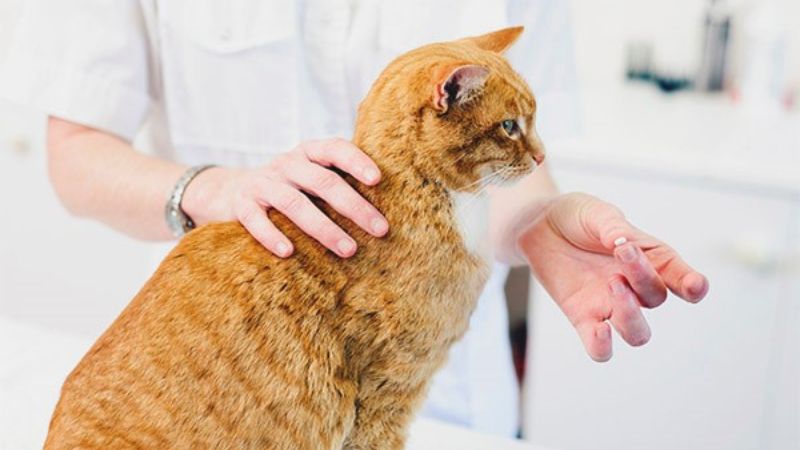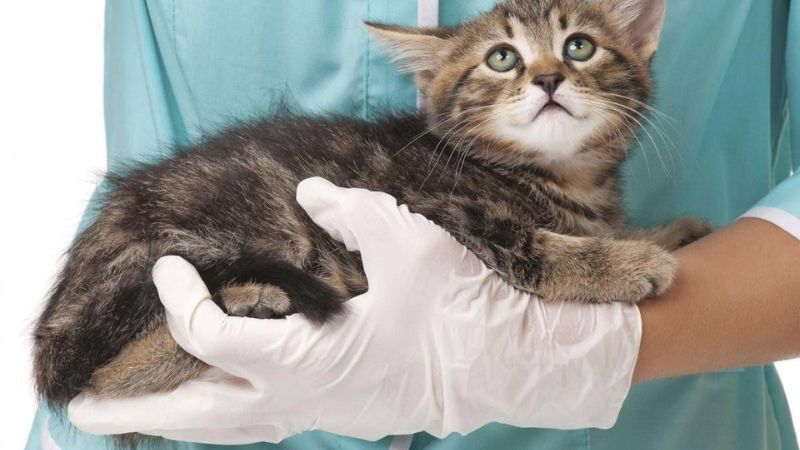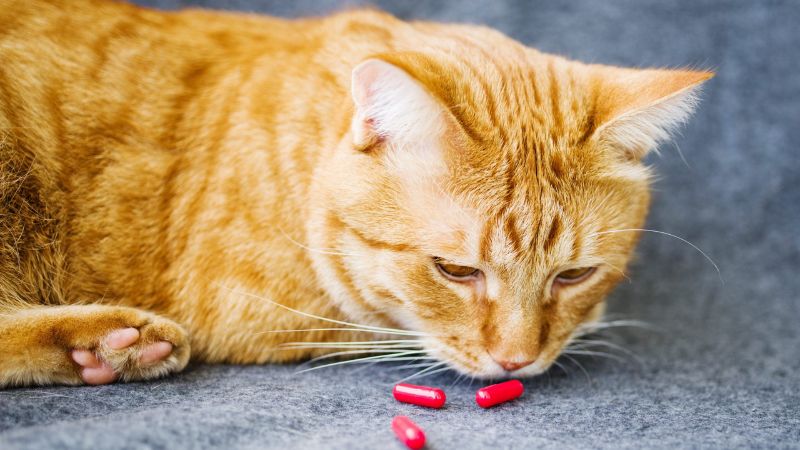When your cat is in poor health and needs antibiotics for treatment, it is natural to be concerned about their potential impact on your pet’s health. However, when used correctly, antibiotics are safe and beneficial for cats. In this article, we will discuss how to safely use antibiotics for cats.
1 Understanding Antibiotics for Cats
Antibiotics for cats are medications used to treat bacterial or viral infections. These medications work by inhibiting the growth and destroying the cells of bacteria or viruses that cause various illnesses such as pneumonia, dermatitis, and urinary tract infections. It’s important to note, however, that in certain cases, bacteria or viruses may have the ability to resist antibiotics, which can make the condition more challenging to treat.
If your cat shows signs of infection, it’s crucial to promptly take them to the veterinarian for examination and to identify the bacteria causing the disease. The veterinarian will prescribe the appropriate antibiotics for your cat.

What are antibiotics for cats?
2 The Benefits of Antibiotics for Cats
Antibiotics are particularly beneficial when a cat is infected with bacteria or viruses and their immune system is not strong enough to fight against the invasion. In such cases, antibiotics work by killing the bacteria and preventing their growth.
Some infections that may require the use of antibiotics in cats include respiratory infections, digestive system infections, and urinary tract infections. It’s important to note that antibiotics should only be used under the prescription and supervision of a veterinarian to ensure the correct dosage and proper usage.

What is the special effect of antibacterial antibiotics for cats?
3 How to Properly Use Antibiotics for Cats
If you need to use antibiotics for your cat, here is a basic guide that you should follow:
Use the Correct Type of Antibiotics
The most important aspect when using antibiotics for cats is to identify the specific bacteria causing the infection in order to use the appropriate antibiotics for treatment. You should take your cat to a veterinary clinic for examination and testing to determine the specific bacteria causing the disease.
Be Aware of the Side Effects
You should never use antibiotics for cats without consulting a veterinarian for an accurate diagnosis and prescription. Improper and indiscriminate use of antibiotics can lead to the development of antibiotic resistance in the cat’s body and cause dangerous side effects, ranging from mild to severe abdominal pain, and in extreme cases, even death.
Follow the Veterinarian’s Instructions
It is important to use antibiotics for cats according to the veterinarian’s instructions in terms of dosage and duration. Do not skip doses or stop the medication on your own, as this can do more harm than good. Additionally, avoid reusing leftover antibiotics and consult a veterinarian if your cat exhibits any negative symptoms.

How to use antibiotics for cats?
4 Considerations When Administering Antibiotics via Injection
- Administer the Correct Dosage at the Specified Time as Directed by the Veterinarian. Do not adjust the dosage or timing without the permission of the veterinarian.
- Clean and Disinfect the Injection Site and Utensils Before Starting the Injection. Ensure that the injection is administered at the correct location and depth in the cat’s muscle, and avoid applying excessive force to prevent nerve and tissue damage.
- Monitor the Cat’s Condition After Administering the Antibiotic Injection. If your cat displays symptoms such as vomiting or abdominal pain, take them to the nearest veterinary clinic for examination.
- Do Not Attempt to Purchase and Administer Antibiotics Without Veterinary Guidance.

What should you pay attention to when injecting antibiotics for cats?
In conclusion, when using antibiotics for cats, it is important to follow the instructions and take necessary precautions to ensure the health and safety of your pet. Use antibiotics responsibly and consult a veterinarian for proper guidance in all cases of cat infection.






































